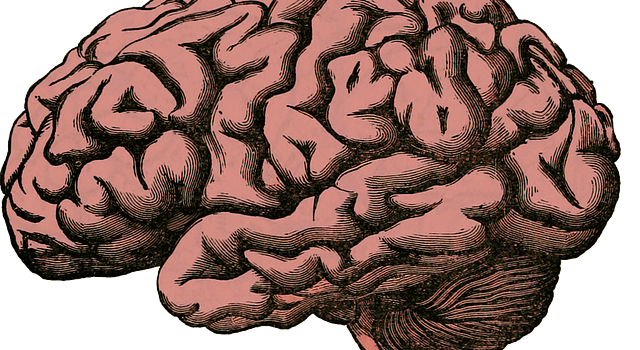Genetics study adds further evidence that education reduces risk of Alzheimer’s disease

The theory that education protects against Alzheimer’s disease has been given further weight by new research from the University of Cambridge, funded by the European Union. The study is published today in The BMJ.
Alzheimer’s disease is the leading cause of dementia. Its chief hallmark is the build of ‘plaques’ and ‘tangles’ of misshapen proteins, which lead to the gradual death of brain cells. People affected by Alzheimer’s experience memory and communication problems, disorientation, changes in behaviour and progressive loss of independence.
The causes of Alzheimer’s are largely unknown, and attempts to develop drug treatments to halt or reverse its effects have been disappointing. This has led to increasing interest in whether it is possible to reduce the number of cases of Alzheimer’s disease by tackling common risk factors that can be modified. In fact, research from the Cambridge Institute of Public Health has shown that the incidence of Alzheimer’s is falling in the UK, probably due to improvements in education, and smoking reduction and better diet and exercise.
“Many studies have shown that certain risk factors are more common in people with Alzheimer’s disease, but determining whether these factors actually cause Alzheimer’s is more difficult,” says Professor Hugh Markus from the Department of Clinical Neurosciences at the University of Cambridge.
“For example, many studies have shown that the more years spent in full time education, the lower the risk of Alzheimer’s. But it is difficult to unravel whether this is an effect of education improving brain function, or whether it’s the case that people who are more educated tend to come from more wealthy backgrounds and therefore have a reduction in other risk factors that cause Alzheimer’s disease.”
Professor Markus led a study to unpick these factors using a technique known as ‘Mendelian randomisation’. This involves looking at an individual’s DNA and comparing genes associated with environmental risk factors – for example, genes linked to educational attainment or to smoking – and seeing which of these genes are also associated with Alzheimer’s disease. If a gene is associated with both, then it provides strong evidence that this risk factor really does cause the disease.
As part of a project known as CoSTREAM, researchers studied genetic variants that increase the risk of a variety of different environmental risk factors to see if these were more common in 17,000 patients with Alzheimer’s disease. They found the strongest association with genetic variants that predict higher educational attainment.
“This provides further strong evidence that education is associated with a reduced risk of Alzheimer’s disease,” says first author Dr Susanna Larsson, now based at the Karolinska Institute, Sweden. “It suggests that improving education could have a significant effect on reducing the number of people who suffer from this devastating disease.”
Exactly how education might reduce the risk of Alzheimer’s is uncertain. Previous studies have shown that the same amount of damage in the brain is associated with less severe and less frequent Alzheimer’s in people who have received more education. One possible explanation is the idea of ‘cognitive reserve’ – the ability to recruit alternative brain networks or to use brain structures or networks not normally used to compensate for brain ageing. Evidence suggests that education helps improve brain wiring and networks and hence could increase this reserve.
The researchers also looked at other environmental risk factors, including smoking, vitamin D, and alcohol and coffee consumption. However, their results proved inconclusive. This may be because genes that predispose to smoking, for example, have only a very small effect on behaviour, they say.
The study was supported by the European Union’s Horizon 2020 Research and Innovation Programme.
Reference
Larsson, SC et al. Modifiable pathways in Alzheimer’s disease: Mendelian randomisation analysis. BMJ; 7 Dec 2017; DOI: 10.1136/bmj.j5375

The text in this work is licensed under a Creative Commons Attribution 4.0 International License.





















